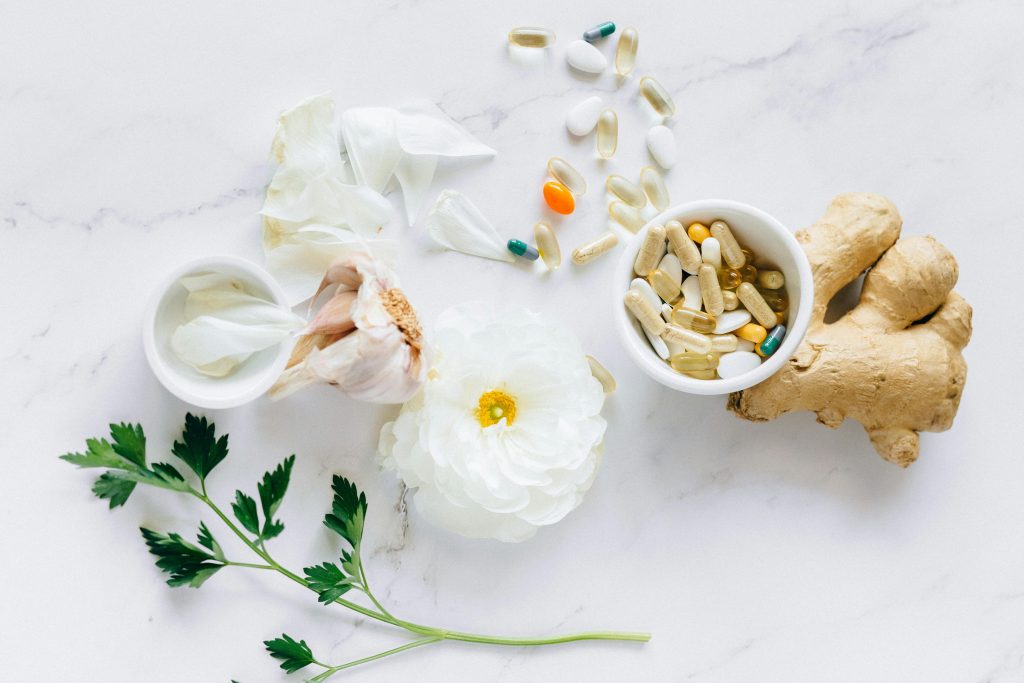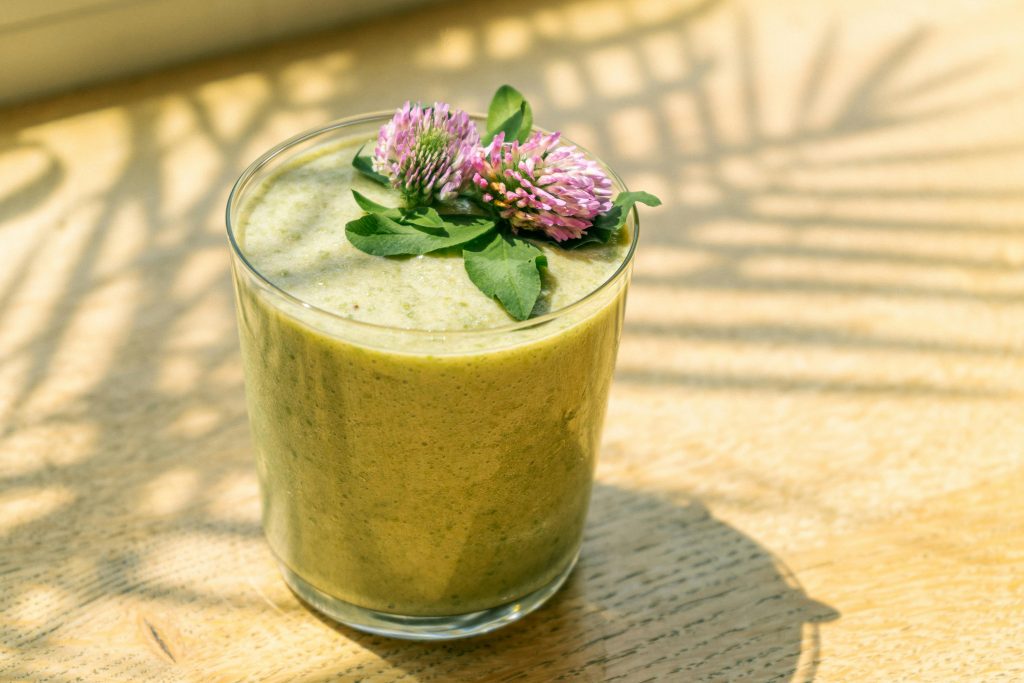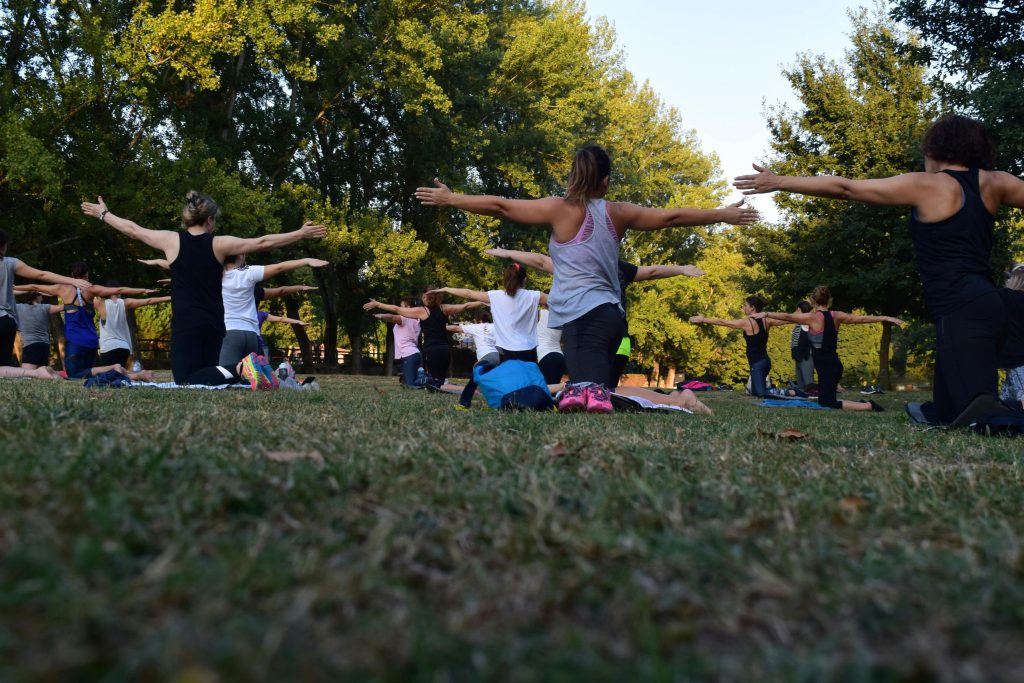What Is PFAS? 8 Simple Ways to Avoid These Harmful “Forever Chemicals” in Daily Life
There’s a hidden toxic threat in your everyday life, and it’s not some scary headline from a faraway lab—it’s probably in your kitchen drawer, your mascara tube, and your water glass. We are talking about PFAS. But, what is PFAS, and more importantly, how do you avoid PFAS without turning your life upside down?
Let’s unpack the science and give you practical, doable tips to cut your exposure, without panic, overwhelm, or greenwashed gimmicks.
What Is PFAS?
PFAS stands for per- and polyfluoroalkyl substances—a massive family of over 15,000 synthetic chemicals used to make things water-, grease-, and stain-resistant. They're in:
- Non-stick pans
- Takeaway wrappers
- Rain jackets
- Waterproof mascara
- Even some skincare and cleaning products
They’re called "forever chemicals" because your body (and the planet) can’t break them down. Once they're in, they're in.
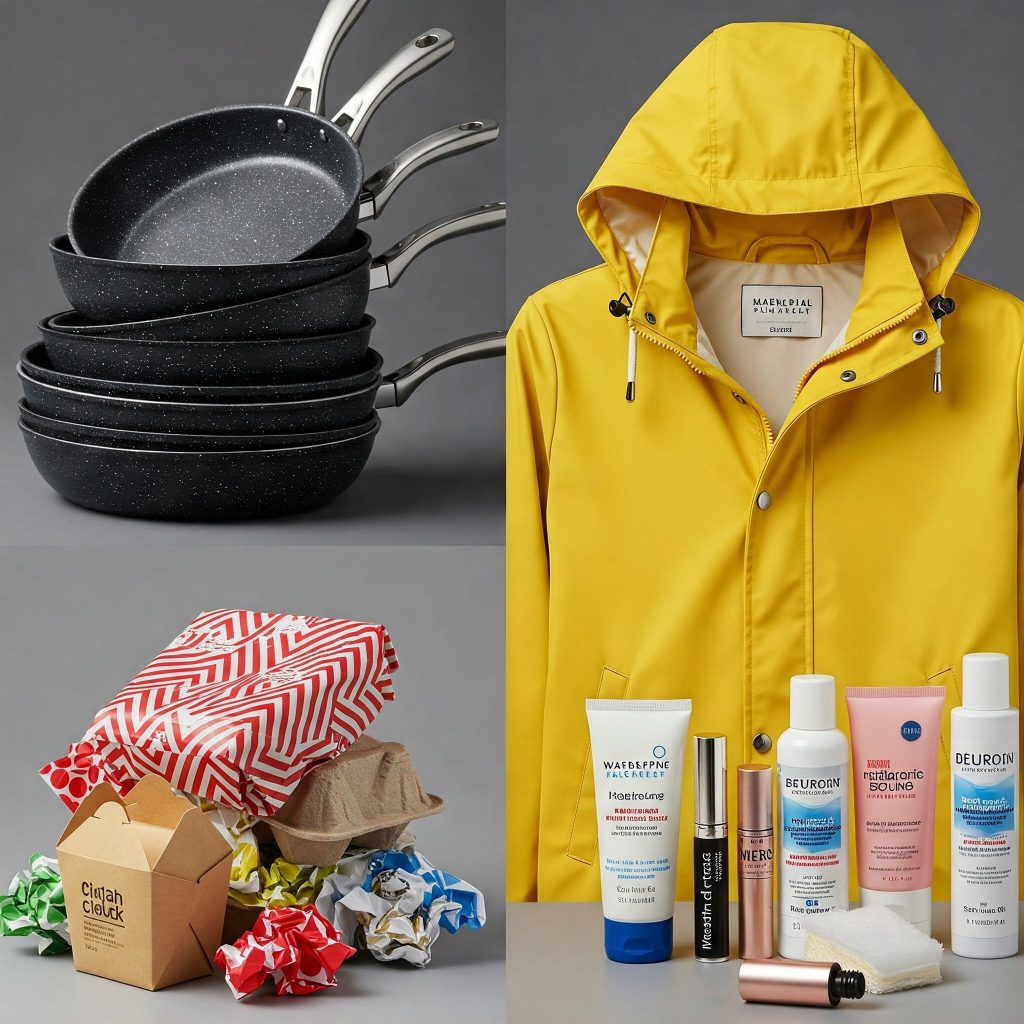
Do I really need to care about PFAS?
These days, it can feel like there’s a new warning about harmful chemicals every week—and honestly, that’s not surprising. As our understanding of human impact on health and the environment grows, so does awareness of the everyday substances we once trusted without question.
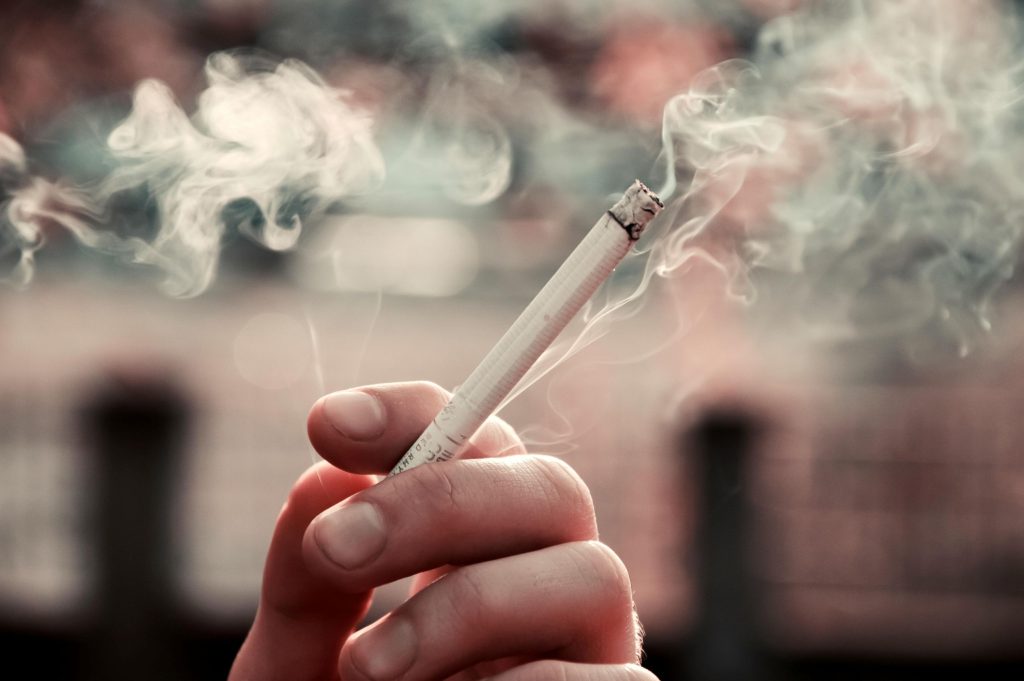
Remember when smoking wasn’t considered harmful? Or when lead paint and BPA in baby bottles were just part of everyday life? Back then, we didn’t know better. But now we do—and we’ve changed our habits because of it.
We’re in the middle of a similar shift with PFAS—a group of synthetic chemicals so persistent they’re often called “forever chemicals.” And that name isn’t an exaggeration. These substances don’t break down naturally. They build up—in our bodies, in wildlife, and in ecosystems all over the world.
Unless we actively work to reduce their use, the problem won’t fade. It will only grow, quietly accumulating in the background of modern life. PFAS has been linked to serious and long-term health effects.
- Certain cancers
- Liver and thyroid damage
- Hormonal disruption and fertility issues
- Lower birth weights
- Early puberty in kids
- Weakened immune systems (yep, even your flu shot might not work as well)
The good news is that, while we wait for stronger industry regulations, there’s a lot we can do to reduce our exposure in daily life.
How to Avoid PFAS: 8 Practical Tips for Everyday Living
Yes, PFAS are everywhere. But you don't need to move off-grid or toss your life into the compost bin. These eight real-life tips can help you dodge the worst offenders, while still living, eating, and looking like a normal human.
1. Avoid PFAS in the Kitchen (Cook Like It’s 1955!)

Non-stick cookware? More like slow-release toxicware. Swap it out for tried-and-true classics:
🥄 Cast iron (bonus: adds a bit of iron to your diet!)
🥄 Stainless steel (durable and sleek)
🥄 Ceramic or enamel-coated pans
🥄 Oven-safe glass for baking
These aren’t just safer—they’re longer-lasting and more sustainable, too.
2. Reduce PFAS Exposure from Food and Takeout Packaging
Microwave popcorn bags, burger wrappers, and even bakery boxes are often coated with grease-resistant PFAS. It’s not just what you eat—it’s what it touches.
Try this:
🍿 Make stovetop popcorn (it’s more fun anyway)
🥗 Cook at home when you can
🐟 Limit fish and shellfish from industrial or urban lakes (they’re often PFAS hotspots)
🍔 If you get takeout, transfer it to a plate before eating
3. Watch Out for PFAS in Makeup and Skincare Products
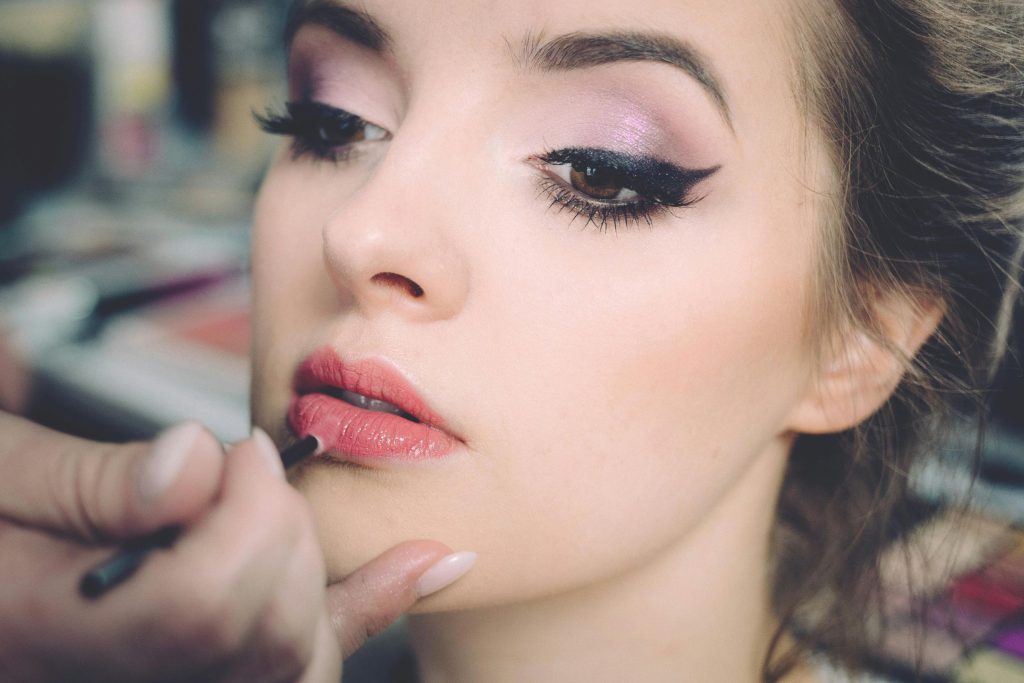
Before you swipe on your next favorite mascara, take a moment to check what’s really inside.
That ultra-waterproof, long-lasting, “matte-for-days” promise? It’s often code for: contains PFAS.
These chemicals don’t just stay on your skin—they can seep into your body with regular use. Instead, look for PFAS-free alternatives or brands that are transparent about their ingredient testing. A small label check today could mean a healthier choice tomorrow.
Common culprits: Foundation, Mascara, Lipstick, Highlighter, Primers and Powders...
🧴 Look for labels that say PFAS-free and double-check the ingredients. Avoid anything with PTFE, perfluoro-, or polyfluoro-.
💄 And yep—clean beauty brands aren’t always clean. Look for certifications or transparency, not just pretty branding.
4. Choose PFAS-Free Cleaning Products with Trusted Labels
You’re trying to scrub away germs, not add chemicals to your home. But some cleaning sprays, floor polishes, and waterproofing agents are hiding PFAS.
But there’s good news: eco-labels like Nordic Swan, and Ecocert are your best bet for PFAS-free choices. Other labels—such as Blauer Engel, TCO, and EU Organic—can also be helpful, though they tend to be more product-specific.
5. Filter Your Drinking Water to Avoid PFAS Contamination
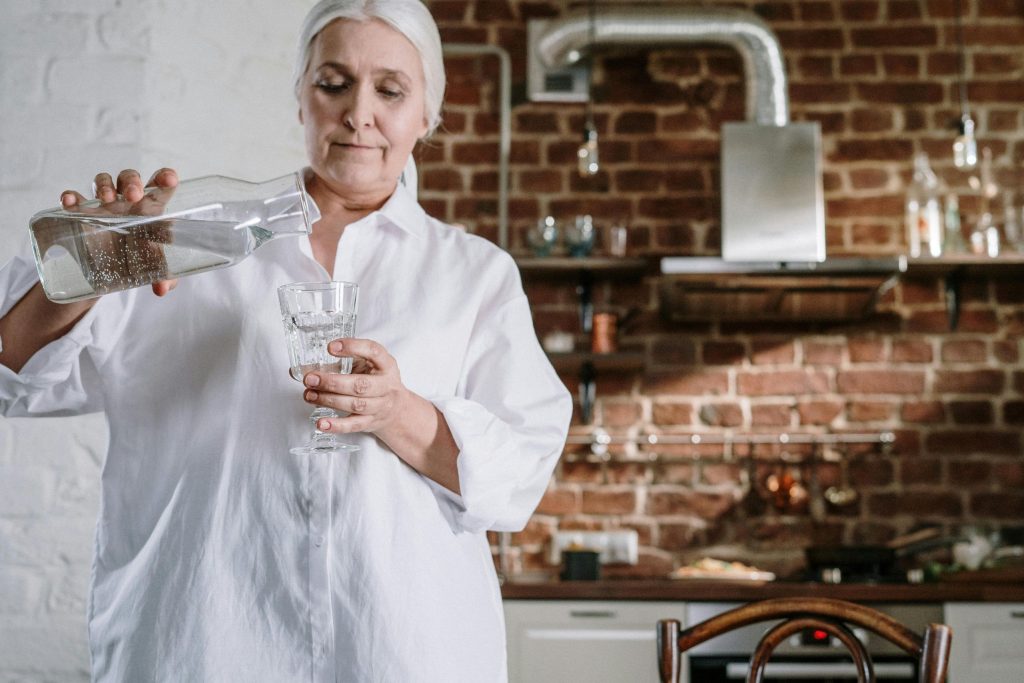
PFAS have been found in drinking water all over the world, including Europe. Even if your water seems clean, tiny particles could build up over time.
💧 Check your local water report or contact your municipality
💧 Use a certified water filter (reverse osmosis or activated carbon are your best bets)
💧 Own a well? Get it tested—it’s the only way to know for sure
6. Limit PFAS in Clothing and Home Textiles
PFAS are in waterproof clothing, stain-resistant sofas, outdoor gear, ski wax… basically anything designed to repel water, grease, or dirt.
But here’s the twist: using these doesn’t just expose you—it contributes to environmental pollution that cycles right back.
🧥 Choose untreated or wax-coated gear
👖 Opt for washable sofa covers over stain-resistant upholstery
⛷️ Use fluorine-free ski wax
🚴 Swap bike oils and waxes for PTFE-free versions
7. Avoid PFAS in Paper Cups and Thermal Receipts

Thermal receipt paper is often coated in PFAS. And those disposable coffee cups? The inner lining may contain PFAS that leaches into your hot drink.
☕ Bring a reusable mug
🧾 Skip receipts when you can
🧼 Wash your hands after handling them, especially before eating
It’s a tiny tweak with long-term benefits.
8. Shop Smarter: How to Avoid Hidden PFAS in Everyday Products
You don’t need to memorize a chemical dictionary. Just get into the habit of reading labels and asking questions.
🛍️ Choose products with certifications
🛍️ Avoid buzzwords like “eco-friendly” unless there’s proof
🛍️ Support brands that are transparent about testing
You don’t have to be perfect—just aware. That’s what makes the biggest difference over time.
8 ways to avoid PFAS - the list.
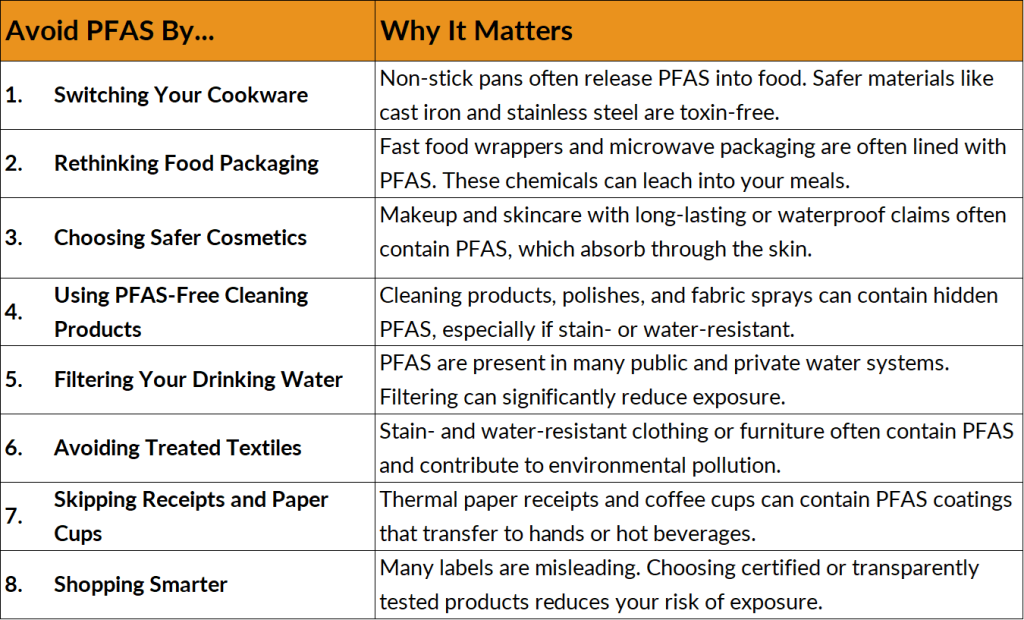
PFAS-Free Labels: Can You Really Trust Them?
Despite all good intentions to go PFAS-free, it's not easy to be a consumer these days. The inconvenient truth is that even products labeled “PFAS-free” aren’t always what they claim to be.
Right now, there’s no global standard for what “PFAS-free” actually means. Some brands avoid the big-name bad guys (like PFOA and PFOS) but still use lesser-known PFAS chemicals from the same toxic family.
In other words: a PFAS-free label often means “free of some PFAS, probably” rather than “completely safe.”
Look for third-party certifications

Instead of relying on vague claims, look for third-party certifications that hold brands to higher standards:
🟢 GreenScreen Certified™ (especially for textiles and cosmetics)
🟢 Nordic Swan Ecolabel
🟢 OEKO-TEX® Made in Green
🟢 Bra Miljöval (Good Environmental Choice)
These don’t guarantee perfection—but they’re far more trustworthy than buzzwords slapped on packaging.
Also: check ingredient lists. Avoid anything with PTFE, Polytef, perfluoro-, or polyfluoro-. These chemical flags are strong indicators of PFAS presence.
Final Thoughts on What PFAS Is and How to Avoid It Safely
So, what is PFAS? It’s not just a technical term or a distant environmental issue. It’s a toxic, man-made family of chemicals that shows up in your kitchen, your makeup bag, your clothing—and even your body. And because they don’t break down, they don’t just go away.
In this article, you've learned how to avoid PFAS in practical, sustainable ways that don’t demand perfection or a complete lifestyle overhaul. You’ve got real tools, real knowledge, and real power to reduce your exposure and protect your health.
Remember that this isn’t about fear. It’s about clarity that leads to confidence, so you can make decisions that align with your values, support your well-being, and ripple outward to something bigger. Every small choice matters.
“Never doubt that a small group of thoughtful, committed citizens can change the world; indeed, it's the only thing that ever has.”
— Margaret Mead
Science-backed insights are meant to be shared. Pass it on!
👉 Ready to Go Deeper?
Now that you know how to avoid PFAS and what to look out for, you might be wondering: Can I really trust all those eco-friendly labels on products?
Your next read breaks it all down—what’s truly sustainable, and what’s just clever greenwashing.
👉 Read: Eco-Friendly or Greenwashed? How to Tell the Difference Before You Buy
Want more evidence-backed health insights like this?
Join The Scientific You community and get weekly myth-busting tips, sustainable living advice, and science-backed tools to cut through the wellness noise.

